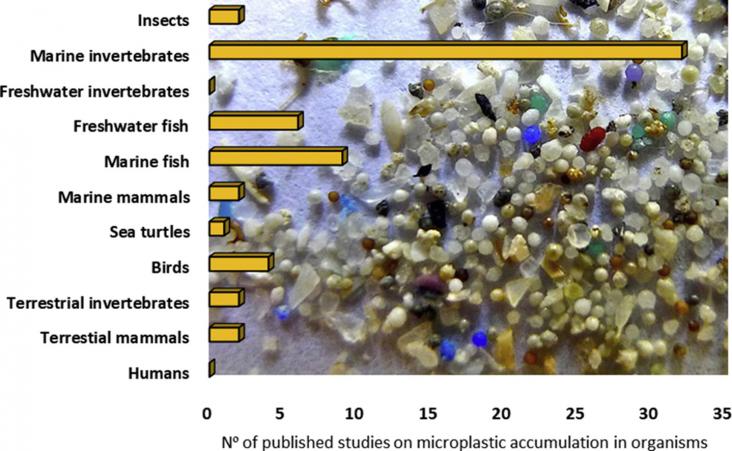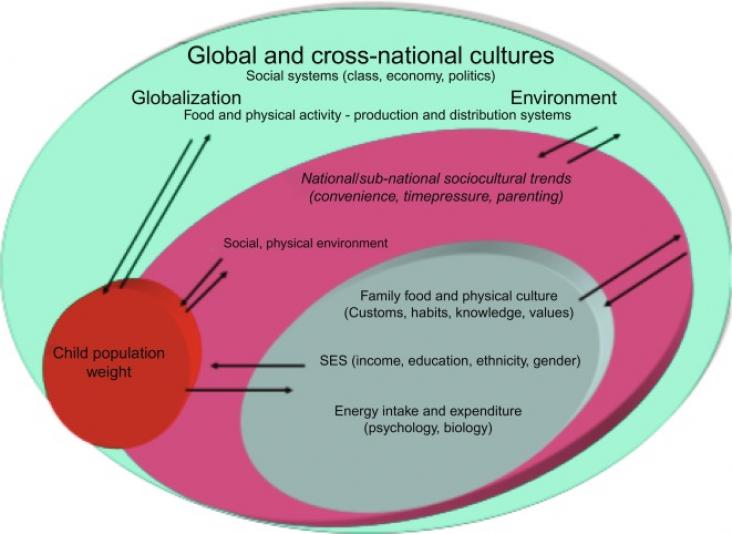
Following a decade of research on the environmental impacts of microplastics, a knowledge gap remains on the processes by which micro and nanoplastics pass across biological barriers, enter cells and

The presence of plastic debris in the ocean is increasing and several effects in the marine environment have been reported.
Characterising microplastics based on spectroscopic measurements is one key step of many studies that analyse the fate of microplastics in the environment.
Microplastics (MP) (
Interest about interactions between microplastics and organisms is on the rise.
The quantification of micro- and nanoplastics in environmental matrices is an analytical challenge and pushes to the use of unrealistic high exposure concentrations in laboratory studies which can lea
Elsevier,
Global Perspectives on Childhood Obesity (Second Edition), Current Status, Consequences and Prevention, 2019, Pages 105-116

Argues that prevention of obesity in childhood as the most effective way of stemming the “obesity epidemic” over the long term. Supports SDG: 2.2.2 Prevalence of malnutrition (weight for height >+2 or
Elsevier,
Global Perspectives on Childhood Obesity (Second Edition), Current Status, Consequences and Prevention, 2019, Pages 351-361
Describes psychological techniques that may offer an effective approach to preventing severe obesity from developing during puberty. Supports SGD goal: 2.2.2 Prevalence of malnutrition
This book chapter advances SDGs 11 and 12 by discussing the integrated coastal management approach to coastal zone management policy for a sustainable coast.
Furthering SDGs 2 and 12, this report argues that feeding a population of 10 billion people by 2050 with a healthy and sustainable diet will be impossible without transforming eating habits, improving food production and reducing food waste.
